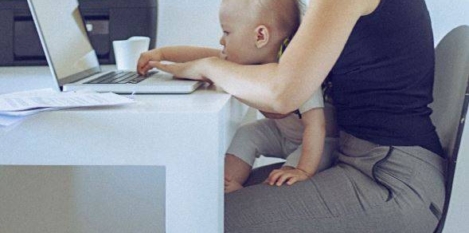May 31, 2016
Large scale study finds link between mental health and workaholism 0
 A new large scale study from Norwegian researchers finds that workaholism is closely associated with a range of mental diseases and psychiatric disorders. Although the link has been the subject of speculation and study, the authors claim that the new research is one of the few large scale, academic studies into the subject and so comes up with unequivocal results. The study of 16,426 Norwegian subjects in The Relationships between Workaholism and Symptoms of Psychiatric Disorders found that workaholism is significantly related to psychiatric conditions such as adult ADHD, OCD, clinical anxiety and depression. The web-based survey assessed the mental health and workaholic characteristics of subjects and used statistical analysis to establish a correlation. It concludes that while disorders can be put in part down to demographic and other factors, the ‘correlations between workaholism and all psychiatric disorder symptoms were positive and significant’.
A new large scale study from Norwegian researchers finds that workaholism is closely associated with a range of mental diseases and psychiatric disorders. Although the link has been the subject of speculation and study, the authors claim that the new research is one of the few large scale, academic studies into the subject and so comes up with unequivocal results. The study of 16,426 Norwegian subjects in The Relationships between Workaholism and Symptoms of Psychiatric Disorders found that workaholism is significantly related to psychiatric conditions such as adult ADHD, OCD, clinical anxiety and depression. The web-based survey assessed the mental health and workaholic characteristics of subjects and used statistical analysis to establish a correlation. It concludes that while disorders can be put in part down to demographic and other factors, the ‘correlations between workaholism and all psychiatric disorder symptoms were positive and significant’.


































May 19, 2016
High cost for UK’s working mothers as European gender gap persists 0
by Sara Bean • Comment, Flexible working, News, Workplace
(more…)